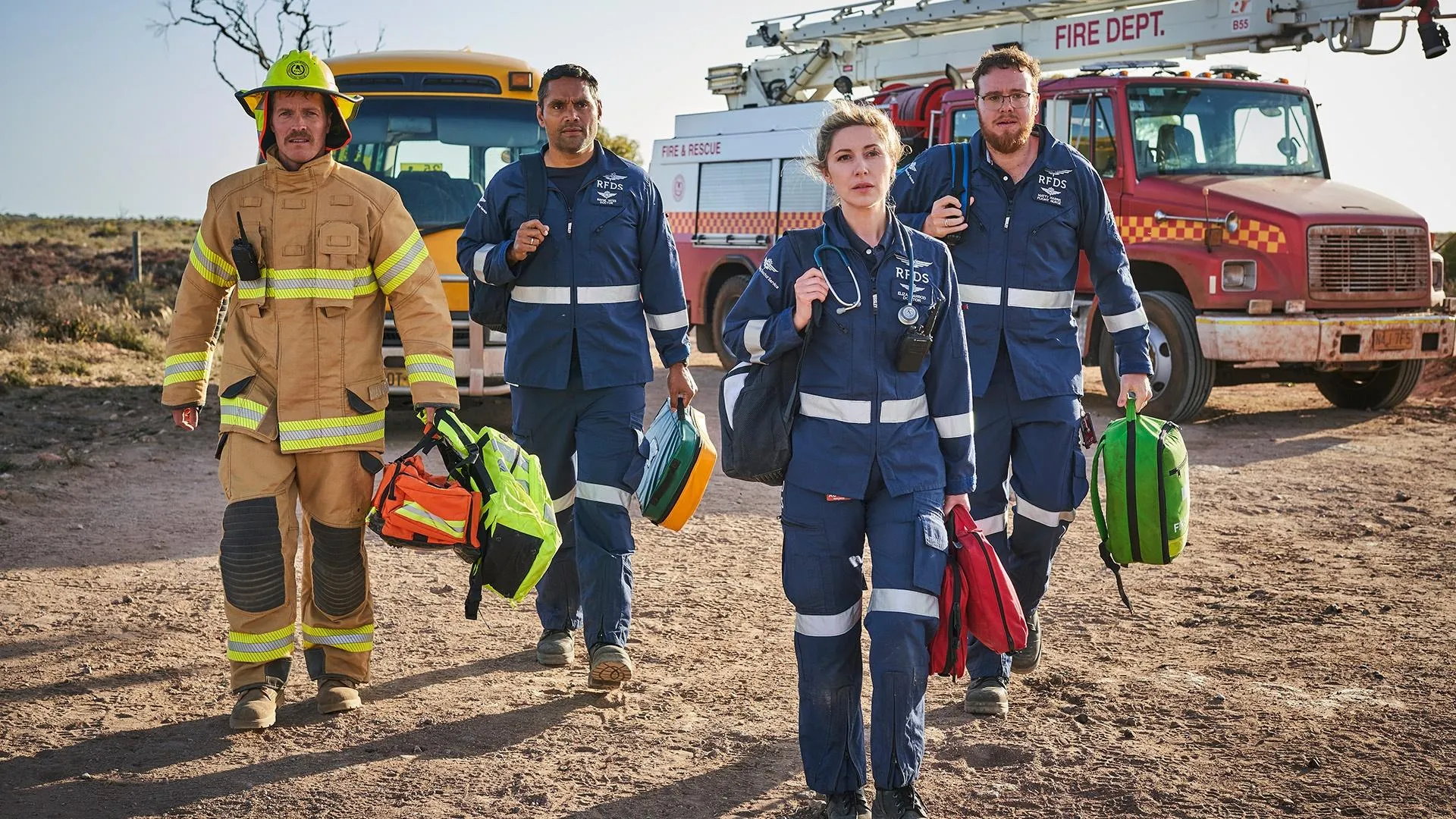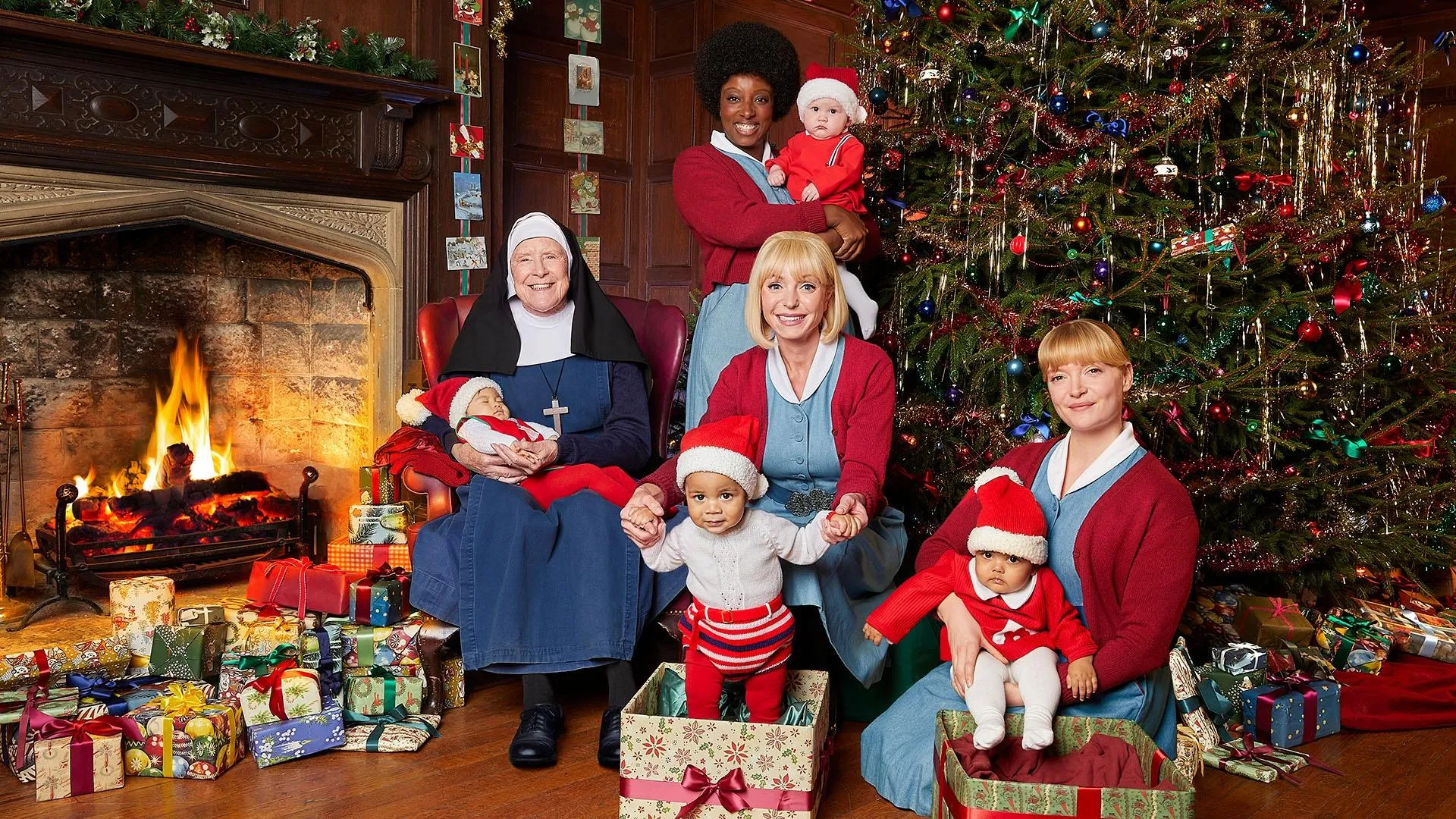

Season 5 History: Who Were Land Girls & What Was the Women's Land Army?
In Season 5 of All Creatures Great and Small, a Land Girl from Leeds named Doris, stationed on Danby’s farm, befriends Jenny Alderson. But what exactly was the Women’s Land Army and who were the Land Girls who served in it? We turned to the production’s historical advisor, Dr. Mark Roodhouse of the History Department at the University of York, for answers.

Caroline Menton as Doris, a Land Girl in Season 5 of All Creatures Great and Small
The Women’s Land Army was a program developed in the First World War, when efforts were made to mobilize the British economy and support the country’s agricultural needs as farm workers left to fight in the war. In the Second World War, Roodhouse explained, “the government drew on that experience and revived it pretty much straight away. There wasn’t a huge demand for it until about 1941. So in Yorkshire, a very small number of women—they were known as Land Girls—were called in to help with the arable harvests, and sometimes with animals, as with the shearing of sheep, and occasionally they might have been brought in as a gang to help with particular projects like ditch digging, hedging, dry stone walling, as well as coming in as a relief when someone is ill on a farm.“
Land Girls came from a range of backgrounds, said Roodhouse, middle class and working class, some from rural areas with some connection to the land, and some from urban areas with no connection to the land. They tended to be brought in as groups, as there were concerns about safeguarding women among strangers on remote farms, and they would either be based on a farm, like any agricultural laborer, or housed communally in what were called hostels, which were essentially like barracks. Roodhouse explained, “There was a big one at Ripon, a market town on the opposite side of the Vale of York from Thirsk, and they often worked in mobile squads, getting bussed out, maybe staying overnight or being put up in a barn, to do some work.”
According to Roodhouse, the ramping up of conscription during World War II was gradual—they didn’t recruit everybody immediately because they couldn’t train them all—and as more and more men were taken out of the economy into military service, there was a greater need for women to move into industry and culture, and the Women’s Land Army became increasingly important. And for the women performing this essential work during wartime, Roodhouse said, “It was quite fun, I think, for a lot of the young women who were doing this, because they were in their twenties, single and out and about, learning new skills, having a good time, and probably enjoying, to a degree, winding up all these local communities.”
Video: The Cast On the Home Front
Season 5 History: Victory Gardens in WWII
Season 5 History: Beasts of Burden in WWII
Season 5 History: Requisitioned Estates in WWII
Season 5 History: The ARP & Blackouts in WWII Rural England
James Herriot (Alf Wight)’s Real World War II Experience
The Surprising Real History in Season 4



